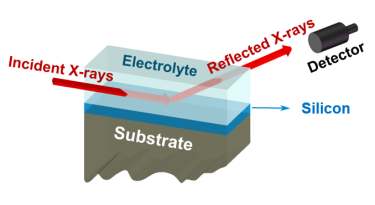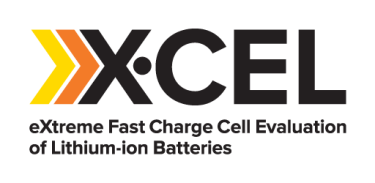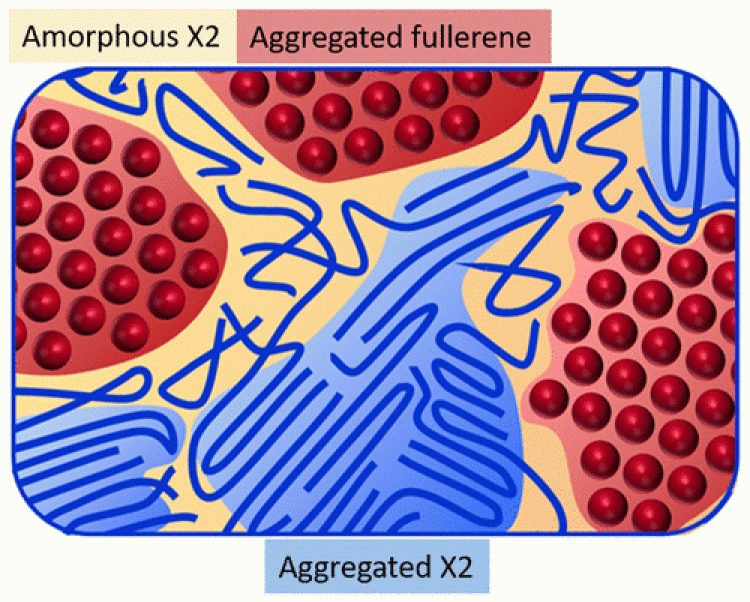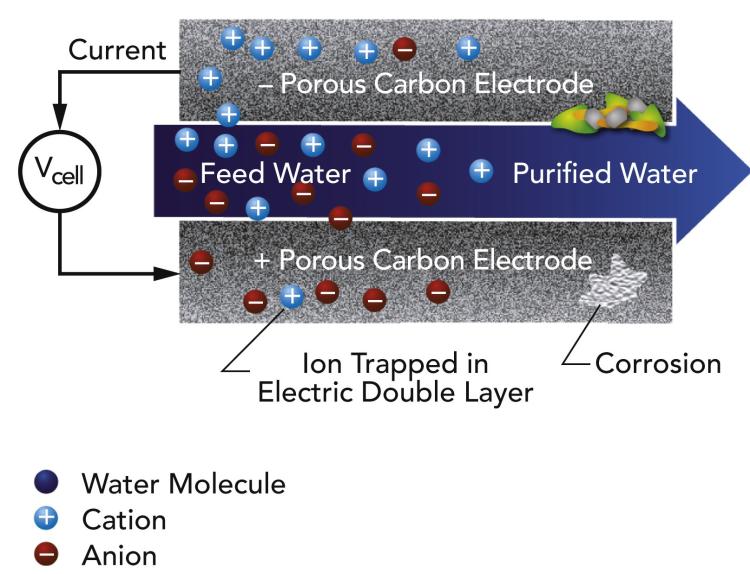Research
Batteries

Batteries are essential to energy storage and have revolutionized portable electronics and enabled commercial electric vehicle (EV) transportation. Despite the development and success, there are still several unanswered questions. We work on a variety of battery systems to target some of these:
- Enabling fast charging in Li-ion batteries by understanding degradation mechanisms that cause capacity fade at high charge rates.
- Studying multivalent systems such as Zn anodes that are more abundant than Li and allow for study in aqueous systems.
- Investigating the sodium storage mechanism in hard carbon anodes for Na-ion batteries
- Investigation of mechanisms underlying morphology control of electrodeposited lithium metal including electrolyte additives and applied mechanical pressure.
- Studying the effect of the solid electrolyte interphase (SEI) on (de)intercalation kinetics in graphite electrodes for Li-ion batteries.
Our group specializes in characterization of these systems using a variety of ex-situ, in-situ and operando techniques such as X-ray diffraction (XRD), X-ray absorption (XAS), and X-ray photoelectron spectroscopy (XPS) that allow us to understand the structure and materials during charging and discharging to engineer better batteries.
We are a part of the Joint Centery for Energy Storage Research (JCESR), and eXtreme fast charge Cell Evaluation of Lithium-ion Batteries (XCEL).


Organic Photovoltaics
Organic photovoltaics (OPVs) ha

ve the potential to fulfill a niche for low cost and durable photovoltaics due to their ability to be solution processed on flexible substrates. In order to achieve high efficiency, an intricate morphology of two interpenetrating donor and acceptor phases must be achieved in OPV films. We are working on unraveling the interplay between chemical structure and processing parameters as it relates to this film morphology and ultimately device performance. To do this, we utilize several X-ray scattering techniques to examine the film microstructure including small angle X-ray Scattering (SAXS), grazing incidence small and wide angle X-ray scattering (GISAXS/GIWAXS), Resonant Soft X-ray Scattering (RSoXS), Resonant Soft X-ray Reflectivity (RSoXR), and Near Edges X-ray Absorption Fine Structure (NEXAFS). With these techniques, we can probe the film morphology at several length scales from molecular orientation to domain size. Additionally, we are able to examine the microstructure evolution during film deposition and post-processing with in-situ characterization. Through collaborations with different universities and industry partners we work on all aspects of OPV design including molecular structure, interface engineering, processing scale-up, and device stability.
S.D. Oosterhout, V. Savikhin, J. Zhang, Y. Zhang, M.A. Burgers, S.R. Marder, G.C. Bazan, M.F. Toney, Chem. Mater. 29, 3062–3069 (2017).
Perovskites
Hybrid organic-inorganic metal halide perovskites are a novel class of semiconductors with promising optoelectronic properties for solar absorption and light emission. The optoelectronic performance of hybrid perovskites is particularly remarkable given the fact that they are mechanically soft, can be solution processed at moderate temperatures, and possess a high concentration of intrinsic defects. Conventional diffraction experiments indicate these materials are highly crystalline, although recent experimental and computational results indicate this is a metastable or time averaged effect.
Our expertise in materials characterization techniques have allowed us to unravel the processing-structure-function relationships of hybrid perovskites. Through a combination of X-ray absorption and X-ray scattering techniques, we have begun to understand the connection between local and global structure, and how these change under response to external stimuli. We use inelastic neutron spectroscopy to quantify lattice dynamics and gain insight into the mechanisms limiting thermal conductivity and carrier lifetimes. Additionally, we apply our expertise of in situ synchrotron X-ray scattering techniques to observe the effects of additives and strain on perovskite film formation and stability.
Membranes
Reverse osmosis (RO) membranes used for seawater and brackish water desalination are already commercially available and successfully implemented, however, there are significant limitations including (i) an inherent trade-off between selectivity and water flux, (ii) difficulty in separating ions with similar shape, size, and charge, (iii) poor remov

al of small, neutral molecules, (iv) biofouling and scaling, (v) susceptibility to chlorine degradation, (vi) high salinity brine disposal, and (vii) lack of control over membrane morphology and defects. Improvements to RO have been heavily explored but have lacked a fundamental understanding of the local interactions that are responsible for these limitations. Our research aims to use powerful X-ray characterization techniques such as X-ray absorption spectroscopy (XAS) and pair distribution function (PDF) to study local ion-membrane interactions to better understand ion selectivity and chlorine degradation mechanisms. Through collaboration with other labs, this research will help pave the way for more informed membrane design and develop methods that can be applied to a variety of membrane systems.
Bone, S.E.; Steinruck, H.G.; Toney, M.F. Joule, vol. 4, iss. 9, 1637–1659, 2020

